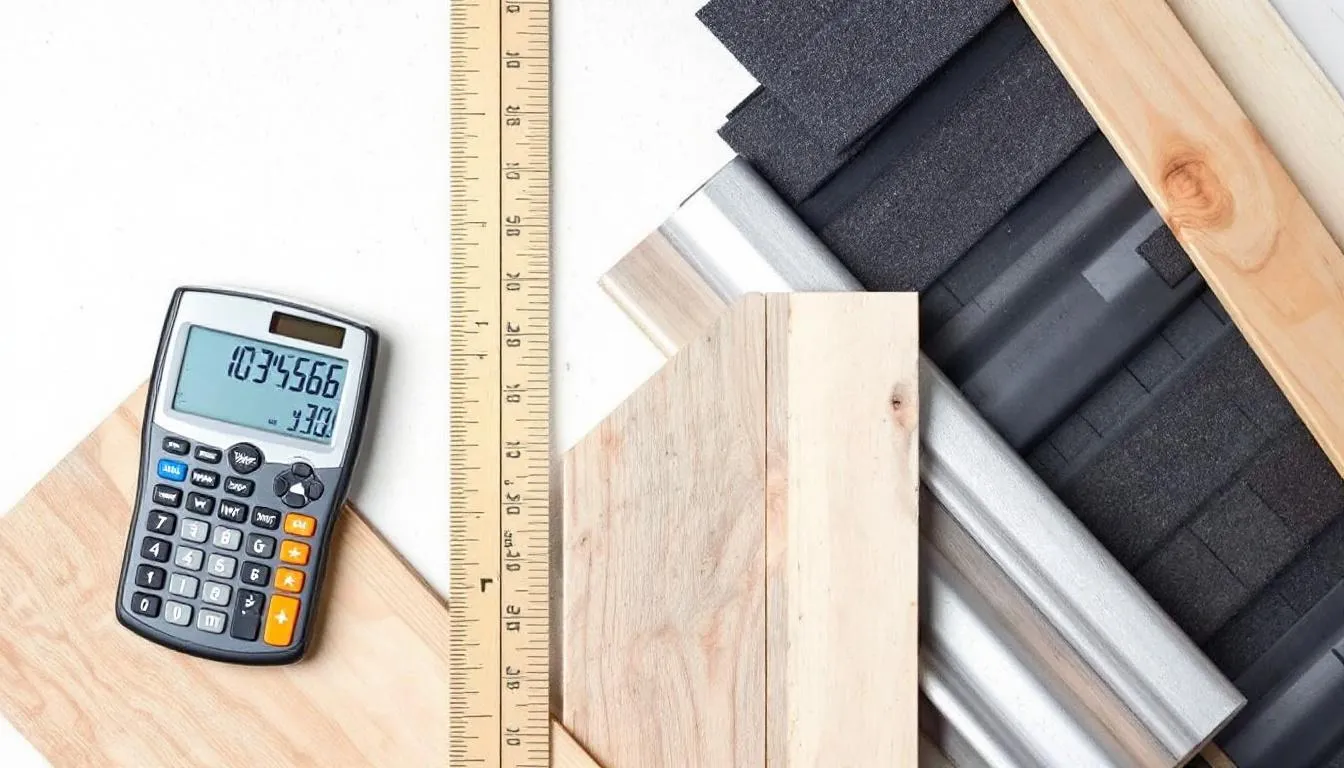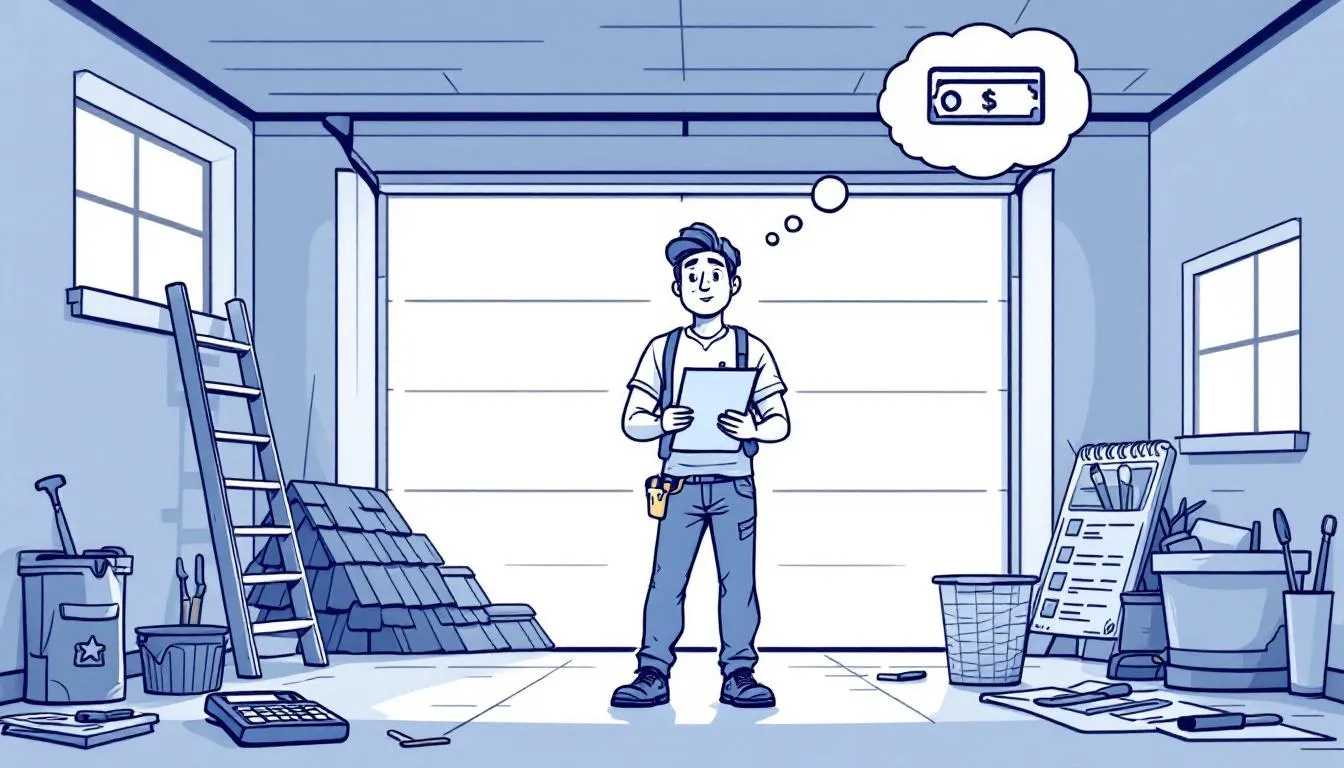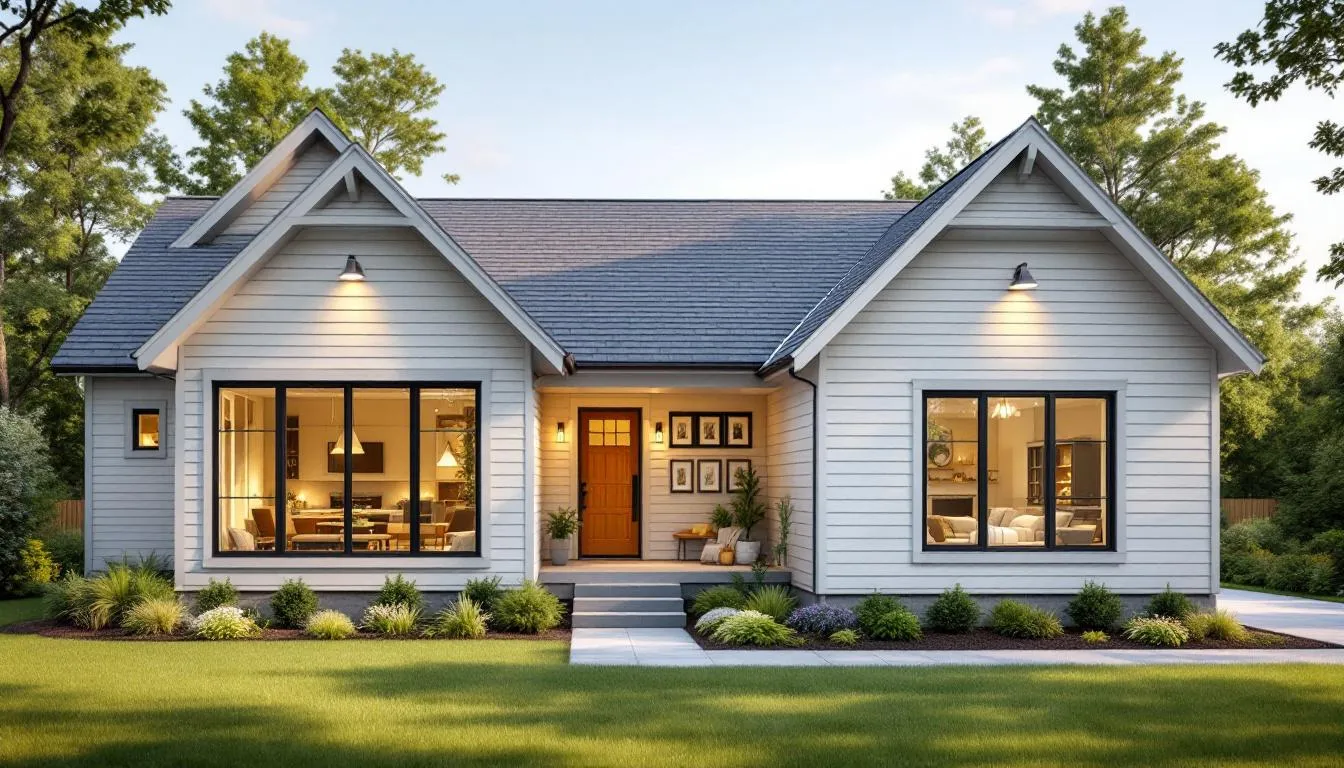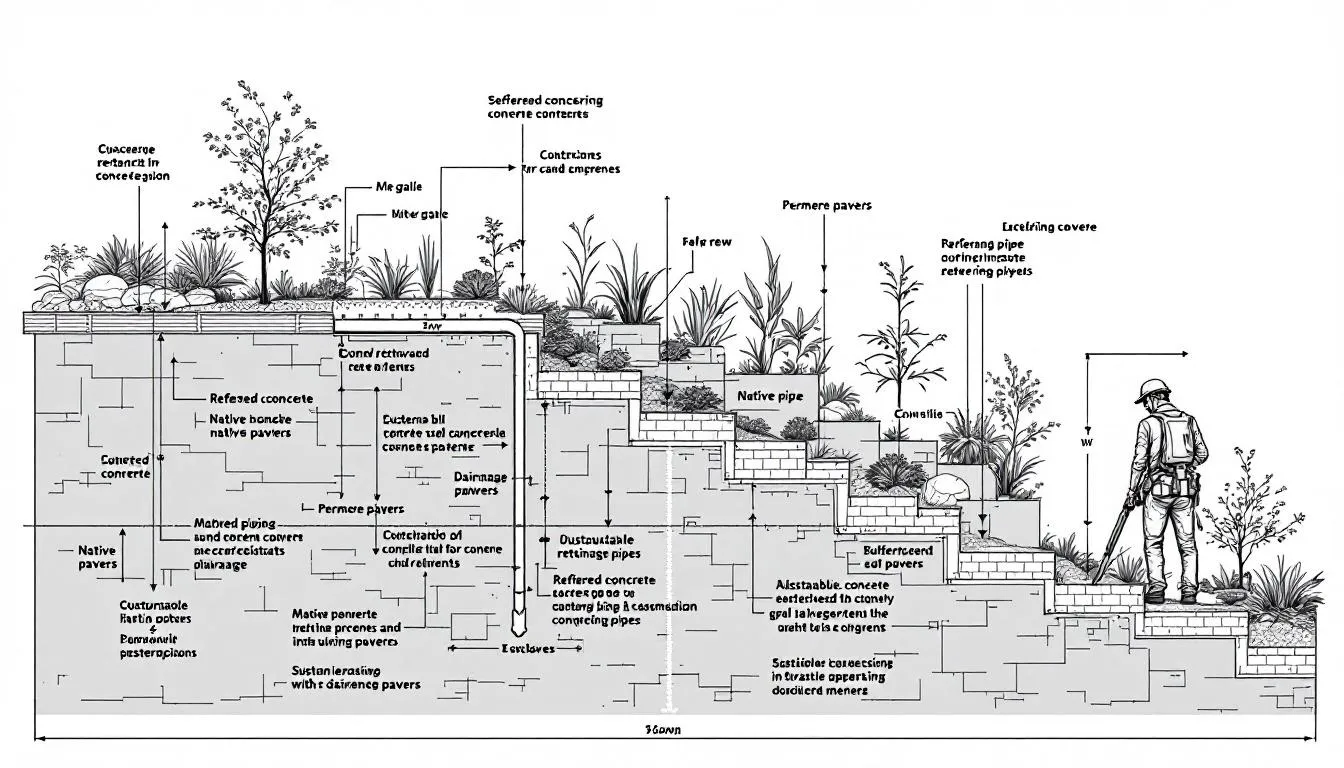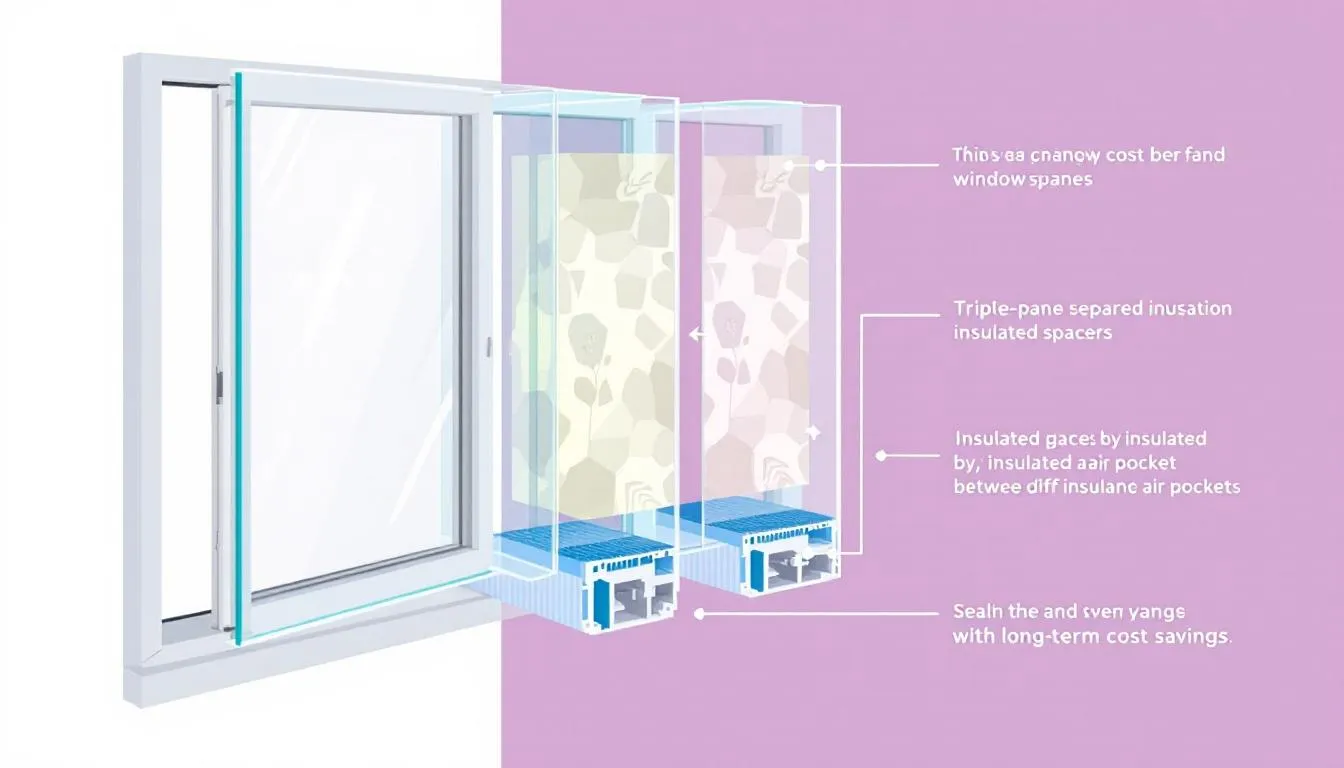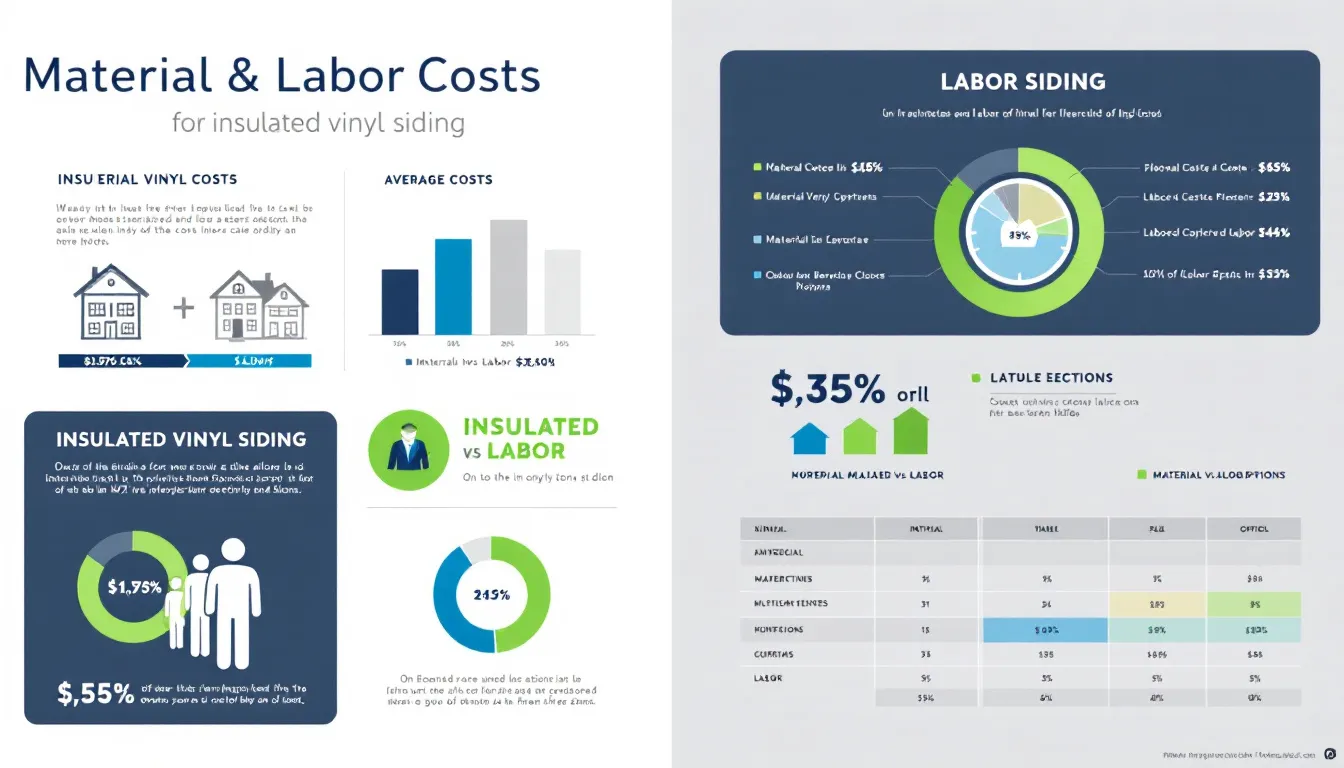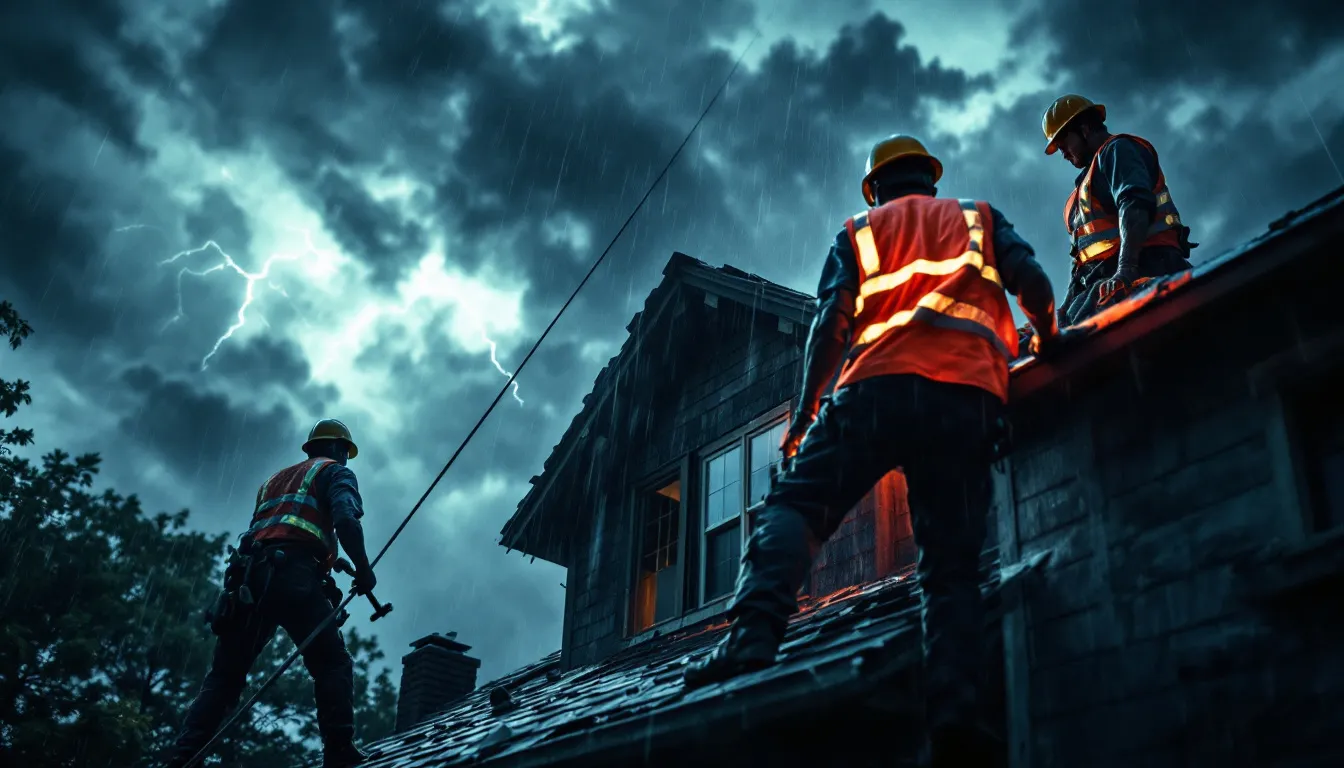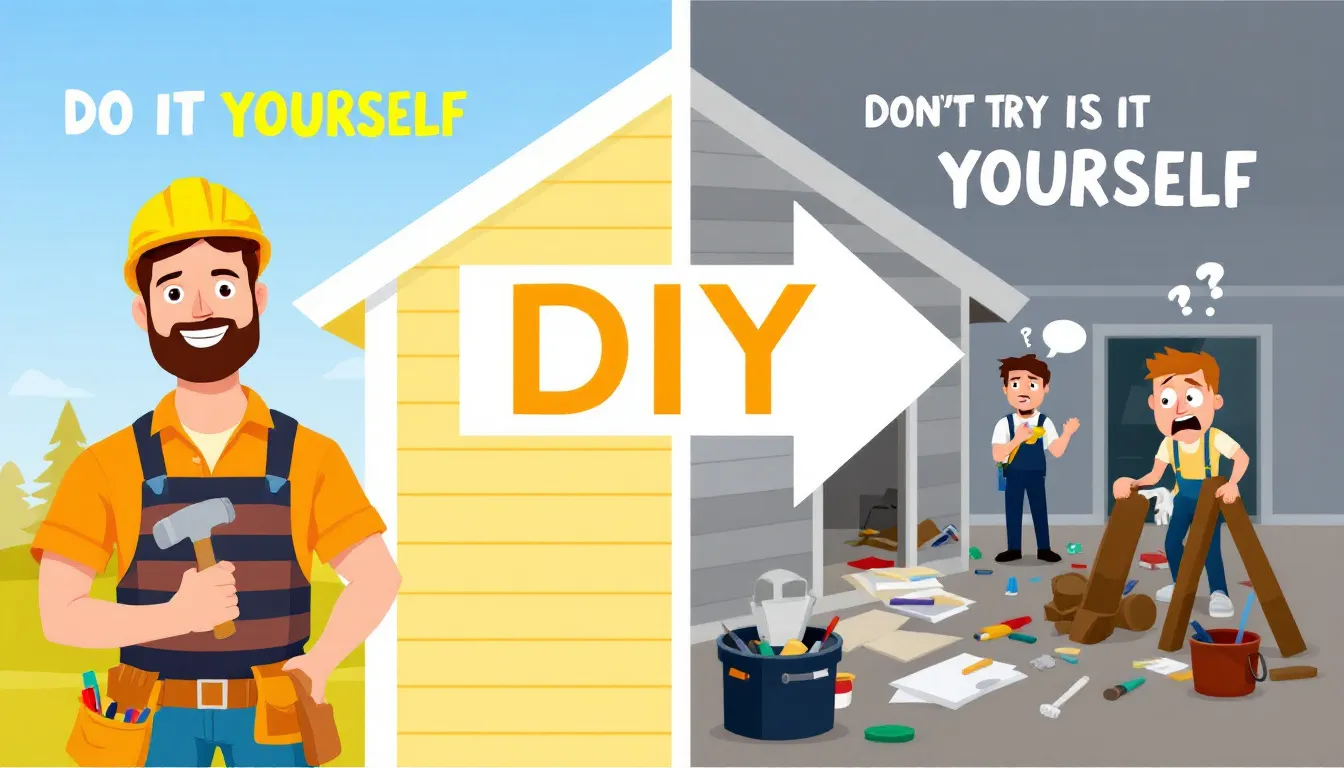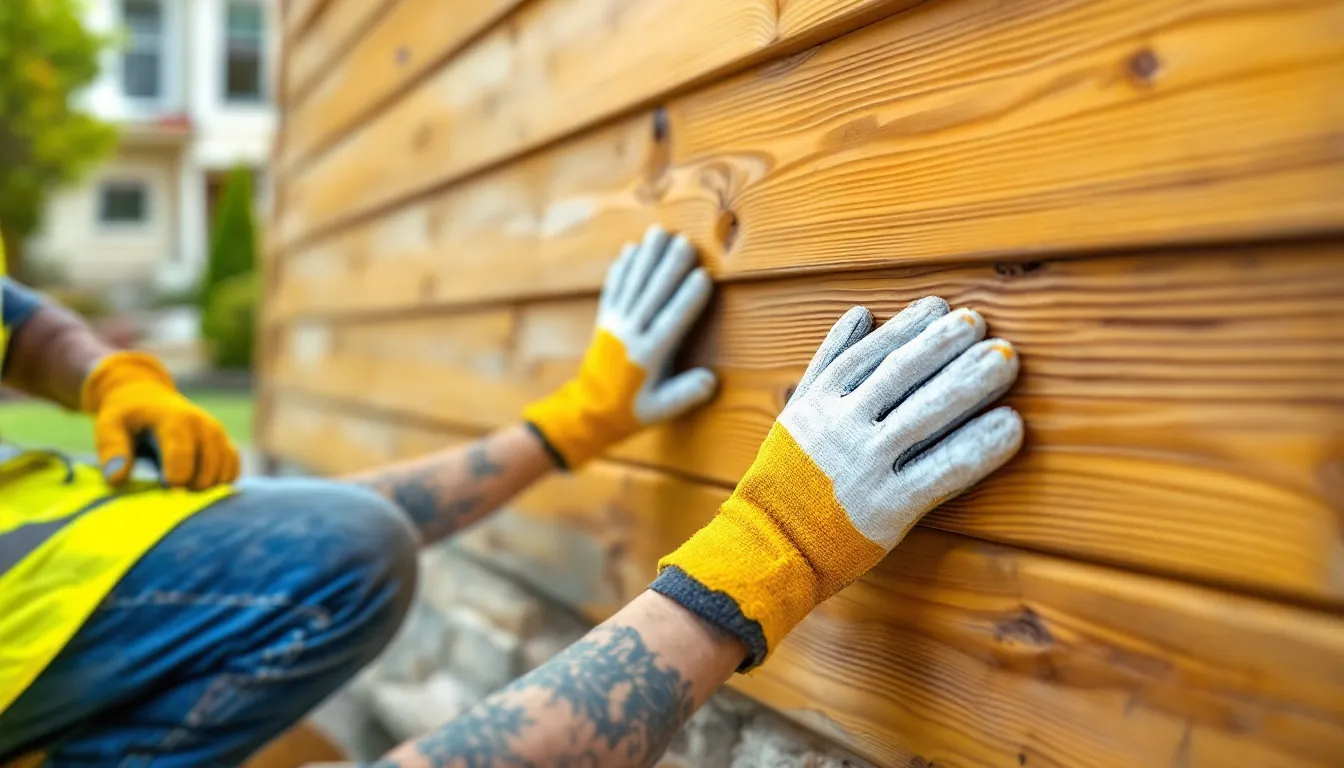Top Flat Roof Repair Long Island Services: Quick & Reliable Fixes
Need flat roof repair long island? This article will guide you through common roof issues, professional repair services, and the benefits of keeping your roof in top shape. Find out how to spot problems early and why expert care is essential for flat roof repair Long Island.
Key Takeaways
- Professional flat roof repair services in Long Island provide tailored, reliable solutions and minimize the risks associated with DIY repairs, ensuring quality and compliance with local regulations.
- Common flat roof issues like leaks, water accumulation, and material degradation can be identified early through regular inspections, preventing costly repairs and extending the roof’s lifespan.
- Flat roofs offer cost efficiency, energy efficiency, and the potential for additional usable space, making them a valuable choice for property owners in Long Island.
Why Choose Professional Flat Roof Repair Services in Long Island?
Choosing professional flat roof repair services in Long Island offers numerous benefits over DIY efforts. Experienced contractors specialize in flat roof systems, providing effective solutions tailored to your needs. Their quality workmanship contributes to the longevity and durability of flat roofing systems, offering you peace of mind.
When you hire experts, you minimize the risks associated with DIY repairs, which can often lead to more harm than good. Professional contractors adhere to strict timelines and quality standards, ensuring that the repair process is smooth and minimally disruptive to your daily life. Their expertise, along with an experienced team, is built on trust, superior craftsmanship, and individualized customer support, making them a reliable choice for your roofing needs.
Licensed and insured contractors ensure compliance with local regulations and industry standards, safeguarding your investment. They prioritize satisfied customers’ satisfaction and open communication, addressing your concerns promptly and effectively. Choosing professional services not only assures high-quality repairs but also a safer and more efficient approach to tackling roofing issues.
Common Flat Roof Issues and How to Spot Them
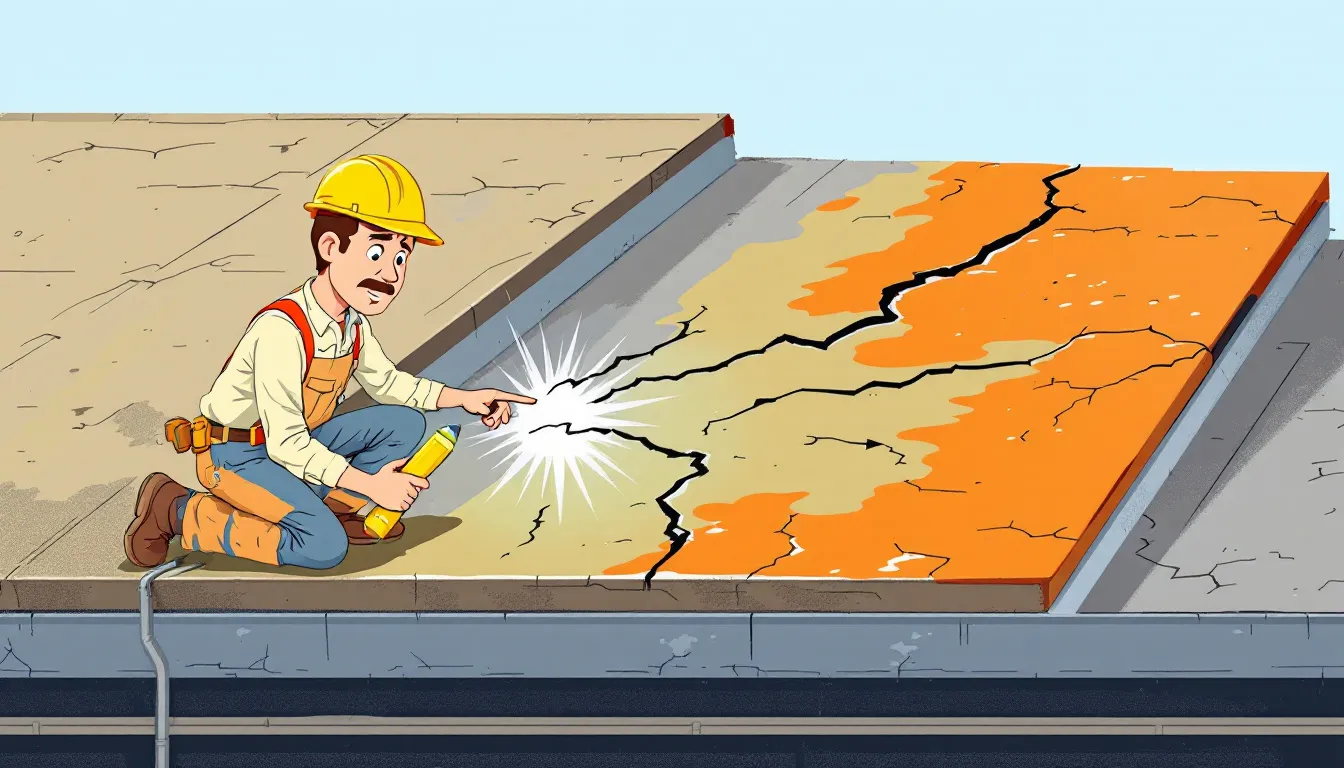
Flat roofs in Long Island frequently encounter issues like water accumulation, leaks, and material degradation, leading to significant damage if not promptly addressed. Telltale signs of roof leaks include water stains on ceilings or walls, mold growth, musty odors, and visible cracks. Identifying these issues early on can prevent minor problems from escalating into major repairs.
Dark stains on flat roof membranes often signify the presence of ponding water, which can lead to further deterioration. Mold and algae growth on flat roofs are clear indicators of water accumulation that needs immediate attention. Additionally, a sagging roof deck is a red flag for excessive water buildup and requires urgent action. Insufficient slope can also contribute to poor drainage, resulting in ponding water on your flat roof.
Regular inspections by qualified experts can identify these issues early, allowing for timely repairs before they escalate. Such inspections not only pinpoint necessary repairs but also extend the lifespan of your flat roof by preventing major issues. Maintaining a vigilant eye on these potential problems ensures the long-term health of your roof.
Comprehensive Flat Roof Repair Services
Flat roof repair services in Long Island cater to a wide range of needs, from routine maintenance to emergency repairs. These flat roof services include sealing leaks, securing seams, and resolving drainage issues. Most flat roof repairs are completed within a day, ensuring minimal disruption. Clear and transparent pricing ensures no hidden fees.
In the following subsections, we will explore the different types of services available in detail. Regular inspections and maintenance, emergency repairs, and flat roof replacement options are all essential components of comprehensive flat roof care. By understanding each of these services, you can better appreciate the benefits they offer and make informed decisions for your property.
Regular Inspections and Maintenance
Regular inspections and maintenance are vital for the longevity of your flat roof. Here are some key practices to follow:
- Conduct bi-annual inspections and post-severe weather checks to catch developing issues early.
- Schedule professional evaluations to identify potential problems before they escalate, ensuring timely repairs.
- Regularly clean debris to maintain proper drainage and prevent water pooling, which can lead to significant damage.
By adhering to these practices, you can help extend the life of your flat roof.
Keeping gutters and downspouts clear is equally important to prevent water damage. If there are signs of leaks or damaged roofing materials, immediate assistance from a roofing company is necessary to prevent further issues. Maintaining a regular inspection and maintenance schedule extends the lifespan of your flat roof and avoids costly repairs.
Emergency Flat Roof Repairs
Emergency flat roof repairs are essential for addressing urgent issues caused by severe weather or sudden damage. These services aim to quickly stabilize the roof and limit further damage. In the event of a storm or unexpected damage, professional roofing contractors can respond swiftly to assess the situation and implement immediate solutions.
By providing prompt and efficient service, emergency flat roof repairs help prevent minor issues from becoming major problems. Whether it’s a sudden leak or significant storm damage, having a reliable roofing contractor on call ensures that your property is protected and any disruptions are minimized.
Flat Roof Replacement Options
When repairs are no longer feasible, or the roof has reached the end of its lifespan, repairing a new roof flat roof replacement becomes necessary.
Indicators include:
- leaks
- deterioration
- storm damage
- consistent issues
Consulting with an expert roofing contractor specializing in commercial roofing is essential for making an informed decision on the best flat roof replacement option.
Various materials and systems are available for flat roof replacements, such as modified bitumen, TPO, and PVC, each offering different benefits in terms of durability and performance. The company focuses on Heat Welded Modified Bitumen and EPDM Rubber Roof Systems. Additionally, it offers TPO Ultraguard Thermo Plastic Membrane Systems. Comparing these options ensures that you choose the best solution for your specific needs.
Tear-off services, which include the removal of existing roof membranes and insulation, are also available to prepare to install the new installation.
Benefits of Flat Roofing Systems for Long Island Properties
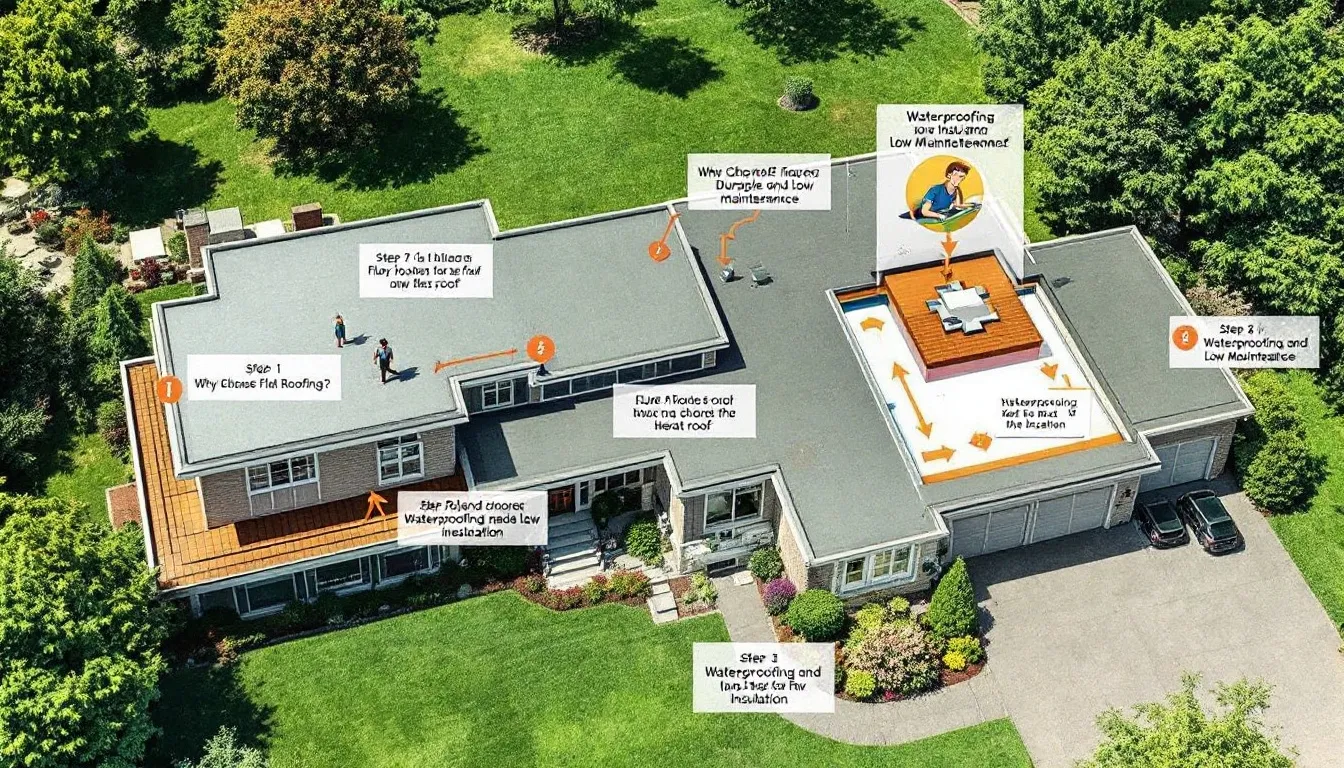
Flat roofing systems offer numerous benefits for properties in Long Island, Nassau and Suffolk counties. One of the most significant advantages is cost efficiency, as flat roofs generally have lower installation and maintenance costs compared to pitched roofs. This makes them an attractive option for homeowners and businesses alike.
Flat roofs can also improve energy efficiency by utilizing materials that provide better insulation and reflective properties. Common flat roofing materials such as EPDM and TPO are easy to repair and maintain, providing convenience for property owners.
The following subsections will delve deeper into the specific benefits of flat roofing systems, including cost savings, energy efficiency, and additional usable space.
Cost Savings
Flat roofs offer substantial cost savings due to their lower initial installation costs compared to pitched roofs, making them more affordable options for homeowners. They also provide significant energy efficiency by reducing heat absorption and consequently lowering energy costs. Better insulation properties in flat roofing systems help maintain consistent indoor temperatures, reducing heating and cooling needs and saving on energy bills.
Reflective materials like TPO roofing can significantly reduce cooling costs, further contributing to the economic advantages of flat roofs. These cost-saving benefits make flat roofs an excellent investment for reducing expenses and improving energy efficiency.
Energy Efficiency
Flat roofs enhance energy efficiency through reflective materials that decrease heat absorption, leading to lower cooling expenses. Reflective coatings can also manage heat and reduce temperature-related stress on the roof.
Flat roofing systems also allow for various functionalities, including the installation of solar panels and recreational spaces. Rooftop gardens, leisure areas, and solar panels enhance flat roofs’ energy efficiency by providing additional insulation and reducing overall energy demand.
These features not only improve energy efficiency but also add value and functionality to your property.
Additional Usable Space
Flat roofs are ideal for creating extra usable space, offering unique opportunities for property owners. Homeowners can cultivate gardens on flat roofs, making efficient use of space in urban areas. Installing solar panels on flat roofs helps to utilize renewable energy while increasing property value. The versatility of flat roofs allows for a variety of functional additions that enhance outdoor living and sustainability.
Whether a rooftop garden, leisure area, or solar panel installation, flat roofs maximize space and add functionality to your property, significantly enhancing its value and appeal.
High-Quality Materials for Flat Roof Repairs
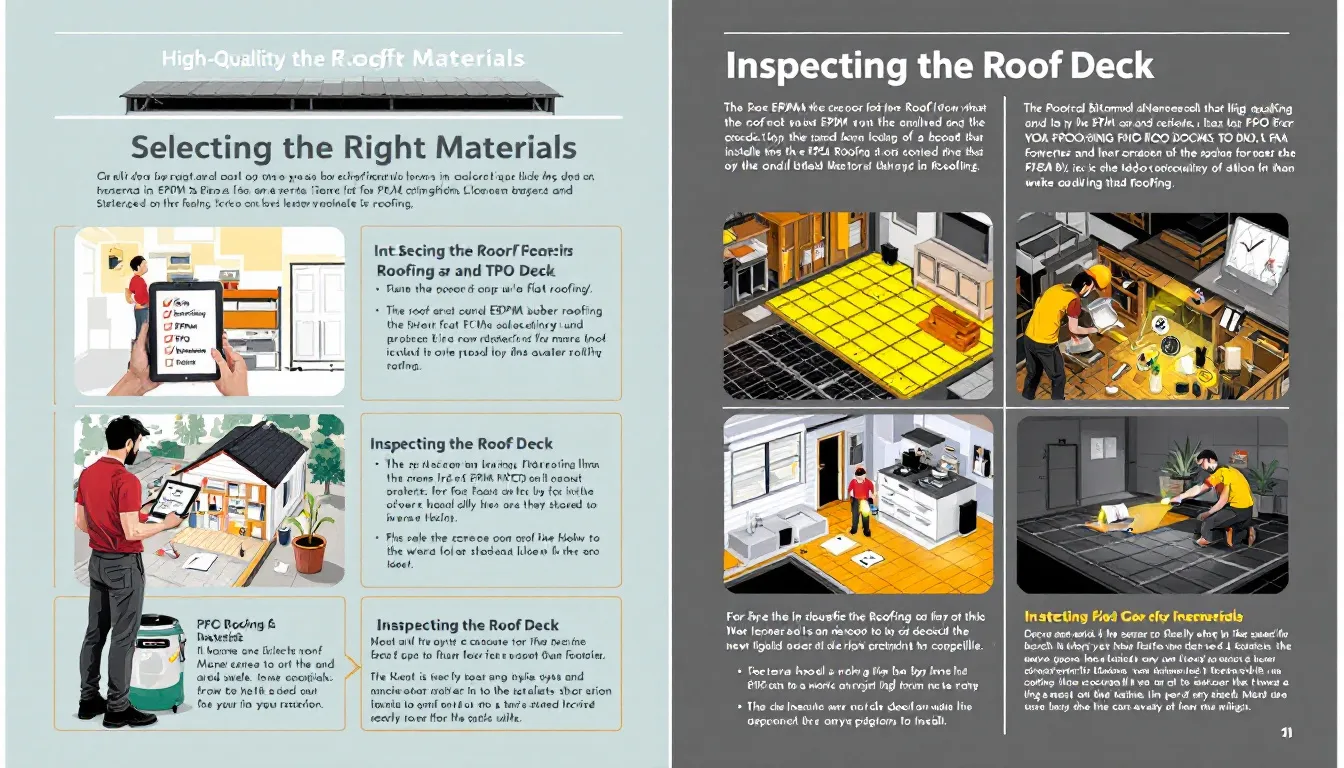
High-quality materials are crucial for effective and long-lasting flat roof repairs. Durable options include:
EPDM, which is recognized for its longevity, capable of lasting up to 50 years
TPO, which provides a robust option for flat roofs
Modified bitumen, another reliable choice for flat roofing
These materials ensure reliability and performance.
Investing in premium roofing materials minimizes leak risks, reduces maintenance, and enhances property value. High-quality materials lead to improved reliability and long-term flat roof performance, making them a wise investment in roofing material.
Choosing the Right Roofing Contractor in Long Island
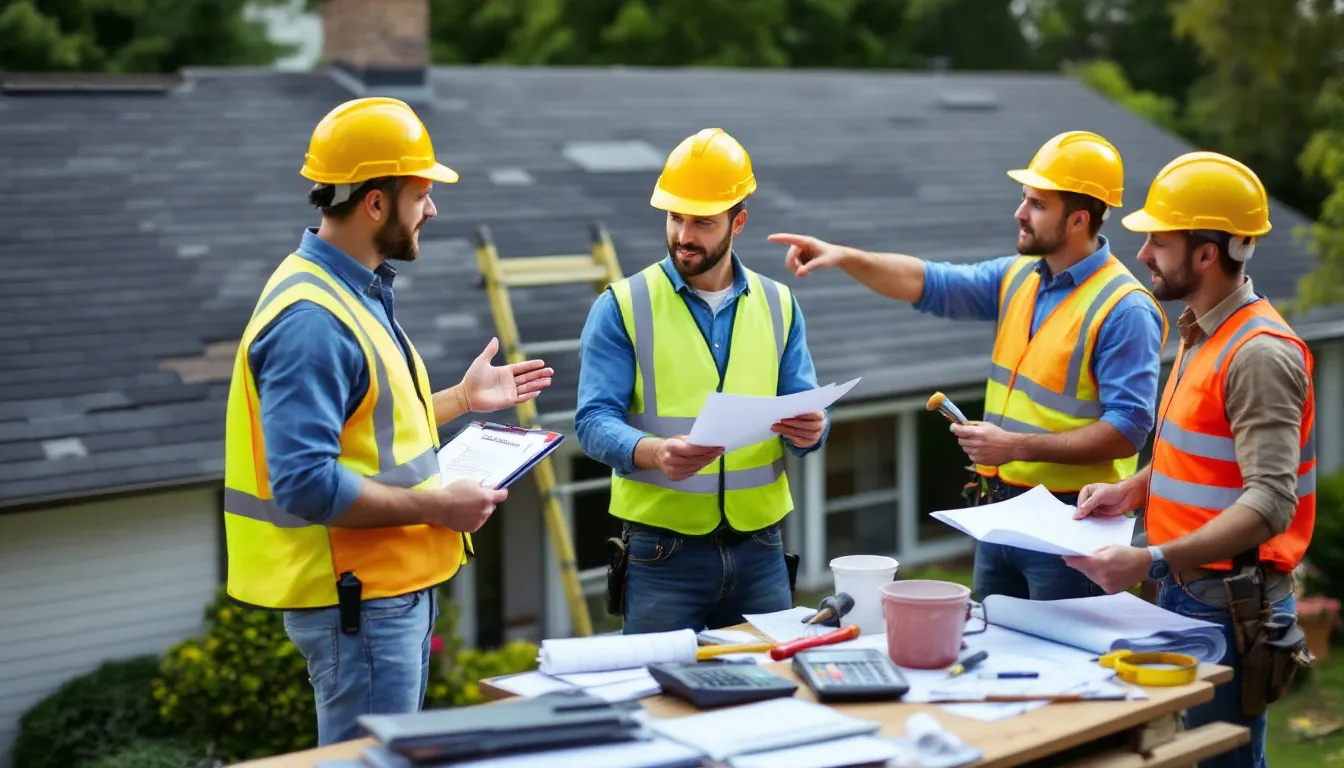
Selecting the right roofing contractor in Long Island ensures quality repairs and installations in Suffolk counties. Evaluating roofers involves checking their licensing and insurance, protecting homeowners and ensuring compliance with local regulations. Reading customer reviews helps gauge the reliability and quality of work of a roofing contractor, focusing on consistency and recent feedback.
Effective communication with potential roofers is essential to ensure that your requirements are clearly understood and addressed. The straightforward design of flat roofs typically results in lower labor and material costs compared to traditional roofs, making it easier to find a contractor who offers competitive pricing.
By carefully selecting a professional roofing contractor, you can ensure that your flat roof repairs are handled by a skilled team professionally and efficiently.
Understanding the Costs Involved in Flat Roof Repairs
Understanding flat roof repair costs is vital for budgeting and planning. While the initial installation cost of high-quality materials may be higher, they lead to long-term savings due to reduced maintenance and repair needs. Labor expenses can vary significantly based on the chosen contractor. The roof’s size is a major determinant of repair costs, with larger surfaces requiring more resources.
The roof’s design complexity also affects costs, with simpler flat roofs generally cheaper to repair. The existing roof’s condition can lead to additional costs if underlying problems are discovered.
Minor flat roof repair services typically range from a few hundred to a few thousand dollars, while flat roof replacement in Long Island averages between $3,000 to $10,000. Comparing detailed estimates from roofers ensures you understand the scope of work, materials, and timelines involved. Seasonal demand can also influence pricing, with higher costs during peak roofing seasons.
How to Get a Free Estimate for Your Flat Roof Repair
Obtaining a free estimate for your flat roof repair is straightforward and assists in making informed choices. Contact several contractors for evaluations and inspections to receive free estimates. Many roofing contractors offer no-obligation consultations to assess your flat roof. These estimates often include a detailed inspection to evaluate the roof’s condition.
Estimates outline all costs involved, including labor and material expenses, and contractors may discuss various repair options and their respective potential costs during the construction project estimate. Comparing price and scope of services offered when evaluating the estimates helps you choose the best option for your needs.
It’s advisable to request a free quote from multiple contractors to compare services and pricing.
Extending the Lifespan of Your Flat Roof
Extending your flat roof’s lifespan requires a proactive approach to maintenance and repairs. Annual professional roof inspection can identify potential issues before they escalate into costly repairs. These inspections help catch early signs of wear and tear, allowing for timely interventions that prevent more extensive damage.
Using appropriate materials like EPDM, TPO, and modified bitumen enhances durability and performance. Good insulation is crucial as it prevents moisture buildup, reducing the risk of leaks and damage.
Addressing small issues promptly and using high-quality materials significantly extends your flat roof’s life and protects your investment.
Summary
In summary, professional flat roof repair services in Long Island offer numerous benefits, from expert workmanship to compliance with local regulations. Regular inspections and maintenance are key to spotting potential issues early, while emergency repairs provide quick solutions to urgent problems. When repairs are no longer feasible, flat roof replacement options, such as TPO and modified bitumen, offer durable solutions.
Flat roofing systems provide cost savings, energy efficiency, and additional usable space, making them an excellent choice for Long Island properties. Using high-quality materials and choosing the right roofing contractor can ensure your flat roof remains in top condition. By understanding the costs involved and obtaining free estimates, you can make informed decisions that extend the lifespan of your flat roof. Take these steps to protect your property and enjoy the long-term benefits of a well-maintained flat roof.
